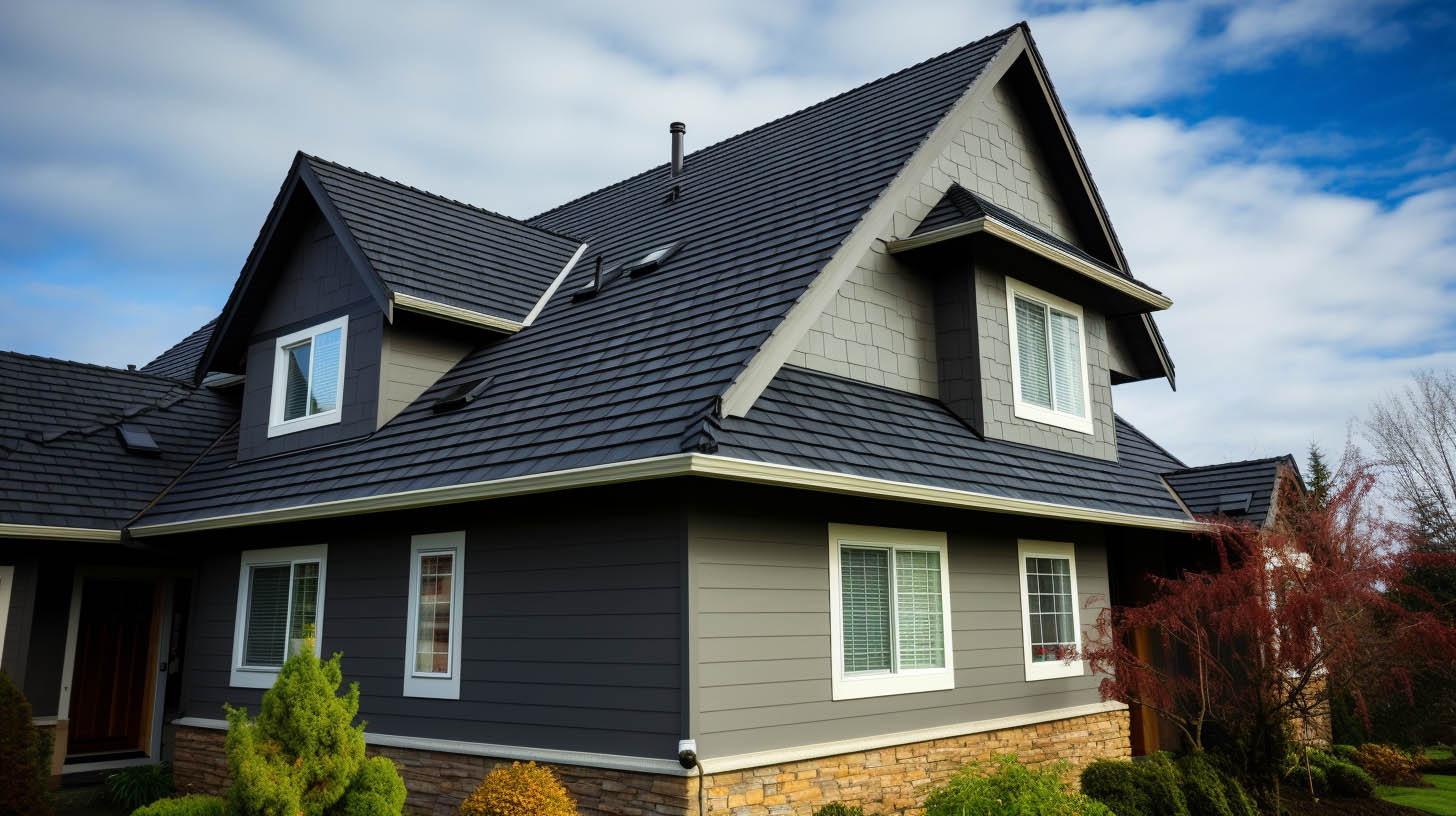
Your Residential Roof is Made Up of Many Different Components
Understanding the intricate components of a residential roof is crucial for maintaining the integrity and functionality of your home. A well-constructed roof does more than just protect you from the elements; it plays a vital role in the overall health of your house. In this detailed exploration, we delve into the various elements that make up a residential roof, highlighting their importance and functionality.
The Essential Role of Gutters and Downspouts
Gutters: Your First Line of Defense Against Water Damage
Gutters are more than just peripheral attachments to your roof; they are essential in directing rainwater away from your home’s foundation. Properly maintained gutters prevent a multitude of problems, including basement flooding and foundation damage. It’s vital to keep these channels free from debris to ensure efficient water flow.
Downspouts: Guiding Water to Safety
Downspouts serve as conduits, channeling water from gutters to the ground or into drainage systems. Their role is pivotal in preserving your home’s structural integrity by preventing water accumulation around the foundation, thus averting potential leaks and dampness in basements.
Shingles: The Shield of Your Roof
Shingles are not just aesthetic enhancements; they are the primary barrier against environmental elements. Comprising a basemat, dual layers of asphalt, and a top coating of granules, they offer robust protection. These granules, made from ground stones and minerals, provide a durable surface that withstands weathering and UV rays, extending the life of your roof.
Starter Strips: The Foundation for Shingle Alignment
Starter strips are integral to the roofing process, ensuring a watertight seal and proper alignment of subsequent shingles. They play a critical role in preventing water ingress, especially during heavy rains.
Ice and Water Shields: Guardians Against Leaks
Strategically placed in vulnerable areas like roof valleys, chimneys, and eaves, ice and water shields are vital in preventing water penetration and ice dam formation. These barriers are essential for maintaining a dry and damage-free roof deck.
Underlayment: The Invisible Protector
Roof underlayment, available in various materials like asphalt-saturated felt and synthetic products, is a hidden yet crucial layer. It acts as a secondary barrier against moisture, sitting between the shingles and the roof decking.
Drip Edge: The Unsung Hero
Drip edges might be small components, but their impact is significant. They guide water into gutters, protecting the fascia and preventing water from seeping behind the gutter system.
Roof Decking: The Structural Backbone
The roof decking, typically made of plywood, forms the foundational layer of your roof. It’s imperative to ensure its integrity, as it supports the entire roofing structure.
Flashing: The Water Traffic Controller
Flashing, usually a strip of galvanized metal, is crucial in directing water away from critical areas like chimneys and dormers. It’s a key player in preventing leaks at these junctions.
Ventilation: Essential for Roof Health
Proper ventilation is vital for maintaining a balanced temperature and moisture level in your attic. It involves various vent types, like ridge vents, turtle vents, and gable vents, each playing a role in facilitating air circulation.
Ridge Vents and Caps: Regulating Attic Temperature
Ridge vents, running along the roof’s peak, work in tandem with soffit vents to expel hot air and draw in cooler air, while ridge caps provide additional protection against harsh weather.
Eaves: More Than Just an Aesthetic Feature
Eaves, extending beyond your walls, house the soffits and fascia. They play a crucial role in supporting gutters and providing a base for the starter shingles.
In Columbus, OH, MaxForce Roofing and Siding LLC understands the complexity of residential roofing systems. Their expertise ensures that every component of your roof works harmoniously, offering maximum protection and efficiency.
Conclusion
A residential roof is a complex system comprising various components, each with a specific function. Understanding these elements is key to maintaining a healthy, long-lasting roof. Regular maintenance and professional inspections are essential in ensuring the integrity of your roof, ultimately protecting your home from the elements.

